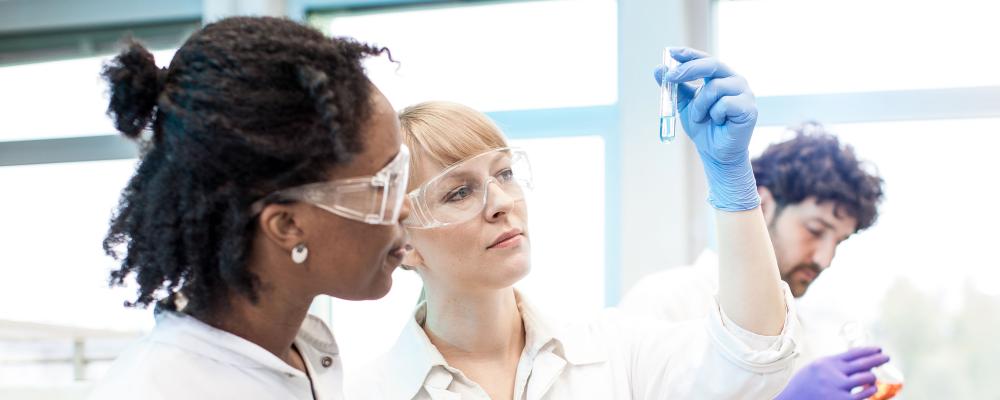Portal Our Laboratories


Towards the integrated surveillance of antimicrobial resistance
Bacterial resistance to antibiotics is a major health problem for both humans and animals. In France, the use of antibiotics and the distribution of resistant bacteria are covered by several surveillance schemes that do not consistently or sufficiently collaborate with one another. The Surv1Health project, which has just been completed, aimed to identify ways of breaking down silos in the surveillance of antimicrobial resistance and making it more useful as part of the ‘One Health’ approach.
“When we surveyed all the existing schemes for monitoring antimicrobial resistance, we didn't expect to find so many” affirms Lucie Collineau, a researcher in the Unit for Epidemiology and Support for Surveillance within ANSES's Lyon Laboratory. Between the surveillance of resistant bacteria, the use of antibiotics, and antibiotic residues in food and the environment, no fewer than 48 programmes were devoted to antimicrobial resistance in France in 2021.
The Surv1Health project, funded by the Ecoantibio 2 programme, aimed to improve the cross-disciplinary surveillance of antimicrobial resistance in France, by providing a comprehensive view of these schemes, the stakeholders involved, the objectives of each one, and the partnerships already in place. ANSES, Santé publique France and the French Ministry of Agriculture carried out this project from 2020 to 2023.
Surv1Health also aimed to strengthen surveillance in areas where efforts were insufficient. While 35 programmes focus on human health, only three deal with food and only one involves the detection of antibiotic residues in the environment. Twelve schemes are devoted to animal health surveillance.
A large number of fragmented schemes
“The reason there are so many different programmes is related to the way in which surveillance is organised” notes the scientist. “For example, for human health, antimicrobial resistance is monitored by National Reference Centres dedicated to a specific bacterium. In animal health, surveillance tends to be organised by animal species. There are also very specific surveillance networks such as VIGIMYC, which monitors Mycoplasma infections in ruminants and which devotes part of its work to monitoring changes in the antimicrobial susceptibility of Mycoplasma bacteria”.
Together, these schemes produce a large amount of data, but in a very fragmented way. Furthermore, the partnerships that are already in place between animal health and human health specialists are generally not institutional but instead are driven by the personal motivations of individual scientists. “There is no body tasked with coordinating this surveillance and defining joint indicators. There is also no working group dedicated to the cross-analysis of the data collected. This makes it difficult to implement ‘One Health’ surveillance” explains Lucie Collineau. Another obstacle involves differences in the methods used and the data collected. For example, bacterial resistance to certain drugs prohibited in veterinary medicine is monitored in humans, but not systematically in animals.
Projects under way to structure the ‘One Health’ surveillance of antimicrobial resistance
Surv1Health analysed the situation in France in 2021. It was followed by the initiation of the Promise project, coordinated by Inserm with the active participation of ANSES. This project, which aims to structure the existing antimicrobial surveillance networks, includes the construction of a database to bring together the results of the various surveillance schemes, the identification of joint indicators of antimicrobial resistance, and pilot studies for a joint analysis of the results. Promise also intends to set up a national scheme for monitoring antibiotic-resistant bacteria in the environment, particularly in surface water. “Surv1Health and Promise were developed for the same purpose. Each project’s results feed into the other one. Promise is helping us to overcome the shortcomings identified in Surv1Health, but as it is only running over a three-year period, the issue of creating a permanent cross-disciplinary organisation remains open”.
Initiatives to promote cross-disciplinary collaboration at European level are also in progress with the EU-Jamrai 2 project, which has just begun and in which ANSES is co-leading the work aimed at better coordinating European surveillance schemes and jointly analysing their results.